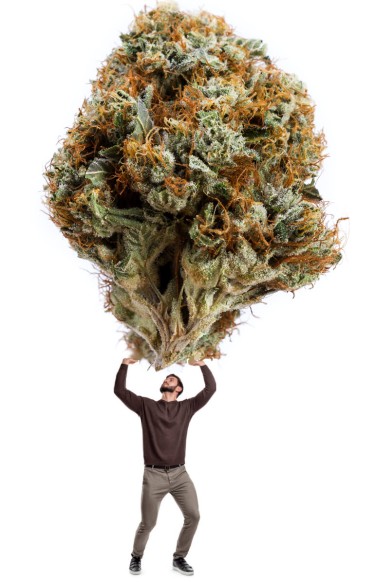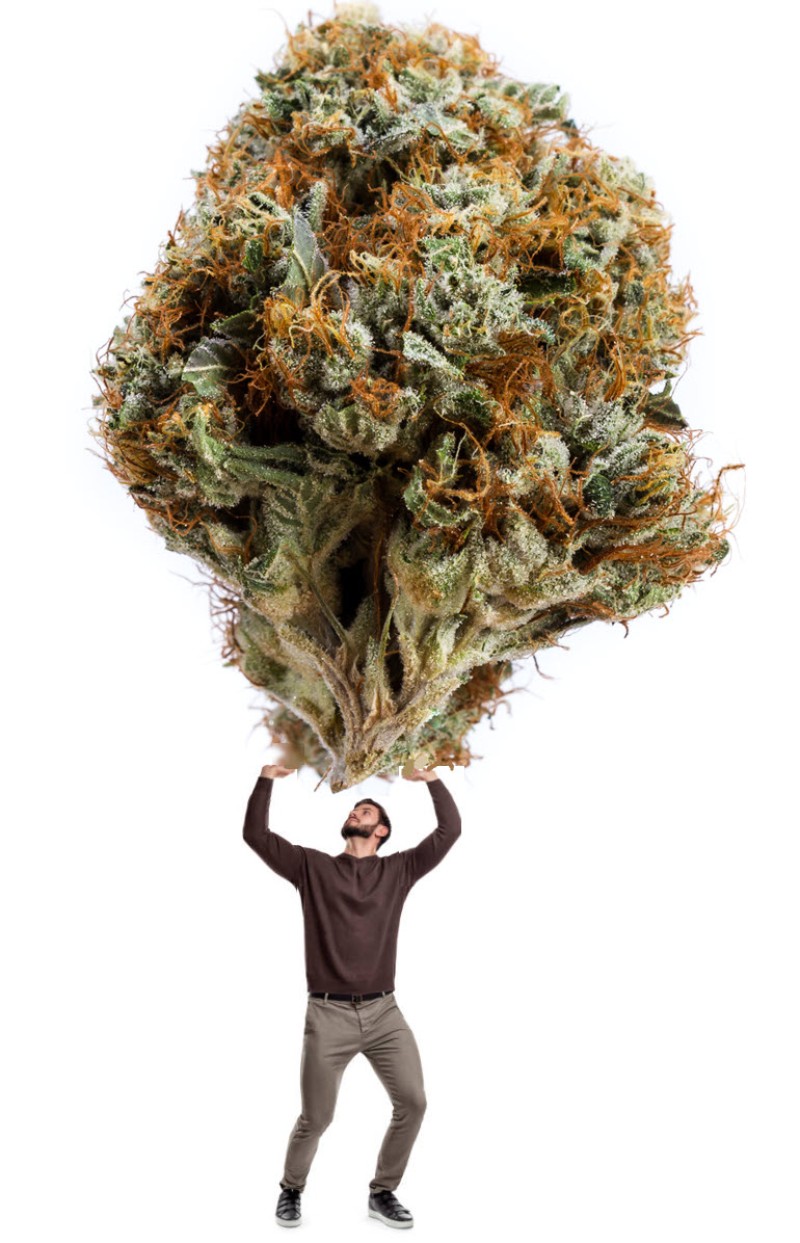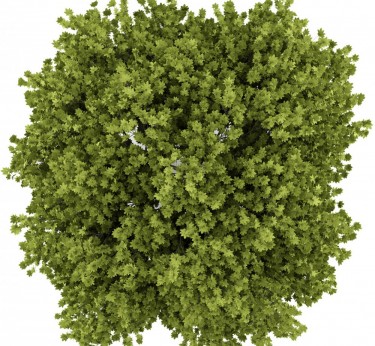
Top 10 Uncommon Growing Tips for Massive Buds!
Growing cannabis is an art and a science that requires a lot of attention and care. As a grower, you're constantly seeking new techniques and tips to help your buds reach their maximum potential.
While there are countless conventional tips for growing big buds, this article will provide you with ten out-of-the-box and highly creative tips to give you an edge in growing top-quality cannabis.
Use Ultrasonic Humidifiers:
Most growers use humidifiers to maintain optimal humidity levels in their grow room, but ultrasonic humidifiers are a game-changer.
These devices use high-frequency vibrations to create a cool mist, which is more effective in maintaining humidity levels and can improve plant growth. If you’re looking to keep your grow room with precision, these devices will allow you to do just that.
Besides, having anything “ultra” in your grow room just sounds cool don’t you think?
Install an ultrasonic humidifier in your grow room and see the difference it makes.
Add Silica Supplements:
Silica is an often-overlooked nutrient in cannabis cultivation, but it can have significant benefits for your plants. One of the primary advantages of silica supplementation is its ability to enhance your plant's structure, making it more resilient to environmental stressors. Stronger cell walls mean that your plants can support larger and denser buds without collapsing under their weight.
Additionally, silica can increase your plant's resistance to pests and diseases. The strengthened cell walls created by silica supplementation can act as a natural barrier against pests and fungi, reducing the need for chemical treatments. This not only benefits the health of your plants but also ensures that your final product is clean and free of harmful residues.
When adding silica to your nutrient mix, it's important to start with a low dose and gradually increase it over time. This allows your plants to adjust to the new nutrient and prevents any potential toxicity issues. Silica can be added to your nutrient mix as a separate supplement or found in some base nutrients. Be sure to research the best silica supplement for your specific growing setup and always follow the manufacturer's instructions for use.
Employ Companion Planting:
Companion planting is an excellent way to maximize the benefits of your garden by creating a healthy ecosystem.
Aside from improving the flavor and aroma of your buds, companion plants can also provide your cannabis plants with the nutrients they need to grow healthy and strong. For example, legumes like beans and peas are nitrogen-fixing plants that can provide your cannabis with an essential nutrient.
Moreover, planting plants like dill, fennel, and coriander can attract pollinators such as bees and butterflies, which help in the fertilization process of your cannabis.
It's important to research which plants work well together and which ones can inhibit each other's growth to ensure the optimal results from companion planting. Integrating this technique can lead to a more robust and diverse garden and create a sustainable environment for your cannabis plants.
Use a CO2 Generator:
When using a CO2 generator, it's important to maintain a consistent and adequate level of CO2 in your grow room.
Too much CO2 can be harmful to your plants and can even be dangerous to your health. Use a CO2 monitor to ensure that levels stay between 1000-1500 ppm during the vegetative stage and 1200-1500 ppm during the flowering stage.
You should also be aware of the size of your grow room when determining how much CO2 to add. A smaller room will require less CO2 than a larger one. Additionally, it's important to make sure that your CO2 generator is properly installed and maintained to avoid any safety hazards such as gas leaks.
Always follow the manufacturer's instructions carefully and conduct regular checks to ensure that your generator is working efficiently.
Experiment with Nutrient Flushing:
When flushing your plants, it is important to pay attention to the timing and duration of the process.
Flushing too early or for too long can have negative effects on the final product. Generally, it is recommended to start flushing about two weeks before harvest and to continue for about a week.
However, this can vary depending on the strain, growing conditions, and nutrient regimen.
It's also important to ensure that you use clean water that is free from chlorine or other contaminants that could affect the taste and quality of your buds. Using reverse osmosis (RO) water or other purified water sources can help ensure that your plants are getting the cleanest water possible.
Additionally, some growers recommend adding flushing agents to the water to help remove excess nutrients more effectively. Always follow the instructions and dosage recommendations when using flushing agents.
Utilize Mycorrhizal Fungi:
Mycorrhizal fungi are beneficial fungi that form a symbiotic relationship with plants. They help plants absorb nutrients, improve root health, and protect against diseases.
Add mycorrhizal fungi to your soil or nutrient mix to enhance your plant's growth and yield.
Using mycorrhizal fungi is a natural and effective way to improve the health and vitality of your plants.
These fungi form a mutualistic relationship with the plant roots, which allows the plant to access nutrients and water more efficiently. This relationship also enhances the plant's immune system, making it more resistant to pests and diseases.
You can add mycorrhizal fungi to your soil or nutrient mix at the beginning of the growing cycle, or you can apply it directly to the roots during transplanting. Make sure to choose a product that is compatible with your growing medium and follow the manufacturer's instructions for best results.
Try Vertical Growing:
Vertical growing is a great way to optimize your growing space, especially if you have limited square footage.
By utilizing shelves or racks, you can stack multiple layers of plants and increase your yield without taking up additional floor space.
This technique is also ideal for growers who want to keep their growing operation discreet or want to have more control over their environment. With vertical growing, you can customize your setup to fit your needs, whether that means using LED grow lights, hydroponic systems, or other growing methods.
Just be sure to research the different types of vertical growing systems and choose the one that's best suited for your specific growing conditions.
Use Grow Tents:
Using a grow tent can also provide privacy and security for your plants, especially if you live in an area where cannabis is not legal. It can prevent unwanted attention and protect your plants from pests and environmental factors.
Grow tents also allow for better temperature and humidity control, which can significantly impact plant growth and yields. Additionally, they can help reduce energy costs by containing the light and heat within the tent.
When using a grow tent, it's important to choose the right size for your plants and to properly maintain the environment by monitoring temperature, humidity, and air circulation.
Use Pest-Repelling Plants:
Companion planting is a natural and effective way to keep pests at bay, and it can also benefit your cannabis plants in other ways.
For example, planting marigolds can help improve soil health and deter harmful nematodes, while peppermint can help improve the flavor and aroma of your buds.
Garlic has been found to repel spider mites and aphids, two common cannabis pests. Consider incorporating these natural pest-repelling plants into your garden to keep your cannabis plants healthy and thriving.
Additionally, companion planting can create a more diverse and visually appealing garden, making it a win-win situation for both you and your plants.
Implement Low-Stress Training:
Low-stress training involves bending and tying down branches to create an even canopy and increase light exposure. This technique can improve yields, reduce the risk of mold and pests, and create a more efficient use of space. Use soft ties and be gentle when manipulating the branches to avoid damaging them. Low-stress training can also promote lateral growth, which can lead to more bud sites and a higher yield.
It's important to start low-stress training early in the vegetative stage and to continue throughout the plant's growth cycle. This technique can be used in conjunction with other training methods, such as topping and pruning, to create a more robust plant structure and increase yields.
When low-stress training, be sure to monitor your plants closely to avoid over-stressing them, which can negatively affect growth and yield. Additionally, make sure to keep the grow room environment optimal for your plants' health and growth.
The Sticky Bottomline
There you have it, 10 out-of-the-box ways to increase yields, or simply do something a little different. Which one of these are your favorite? Which one are you trying next?







